What is customer journey orchestration?
Customer journey orchestration is the strategic process of designing and managing the entire customer journey across multiple touchpoints and channels to create a seamless and personalized experience for each individual customer. It first involves analyzing customer interactions, behaviors, and preferences at each stage of their journey.Secondly, it looks at orchestrating relevant and timely marketing messages, offers, and experiences to guide customers through the funnel towards conversion and beyond.
Key components include:
Data integration and analysis: Gathering data from various sources such as website interactions, email engagement, social media interactions, and purchase history. Analyzing this data to gain insights into customer preferences, behaviors, and pain points.
Mapping customer journeys: Creating detailed maps of customer journeys to visualize the various touchpoints and interactions customers have with your brand across different channels and devices. This includes awareness, consideration, purchase, retention, and advocacy stages.
Segmentation and personalization: Segmenting prospect and customers based on their online and offline behavior, demographics, preferences, and other relevant criteria. Tailoring marketing messages, product recommendations, and offers to each segment to deliver personalized experiences. For example, sending targeted email campaigns based on previous purchase history or browsing behavior.
Automation and orchestration: Using marketing automation tools and platforms to automate the delivery of personalized messages and experiences at each stage of the customer journey. This ensures that the right message is delivered to the right customer at the right time. For instance, triggering a follow-up email after a customer abandons their shopping cart or sending a special offer on their birthday.
Optimization and measurement: Continuously monitoring and analyzing the performance of customer journey orchestration initiatives. Using key performance indicators (KPIs) such as conversion rates, customer satisfaction scores, and customer lifetime value to evaluate the effectiveness of different touchpoints and campaigns. Making data-driven optimizations to improve the customer experience and drive better results.














